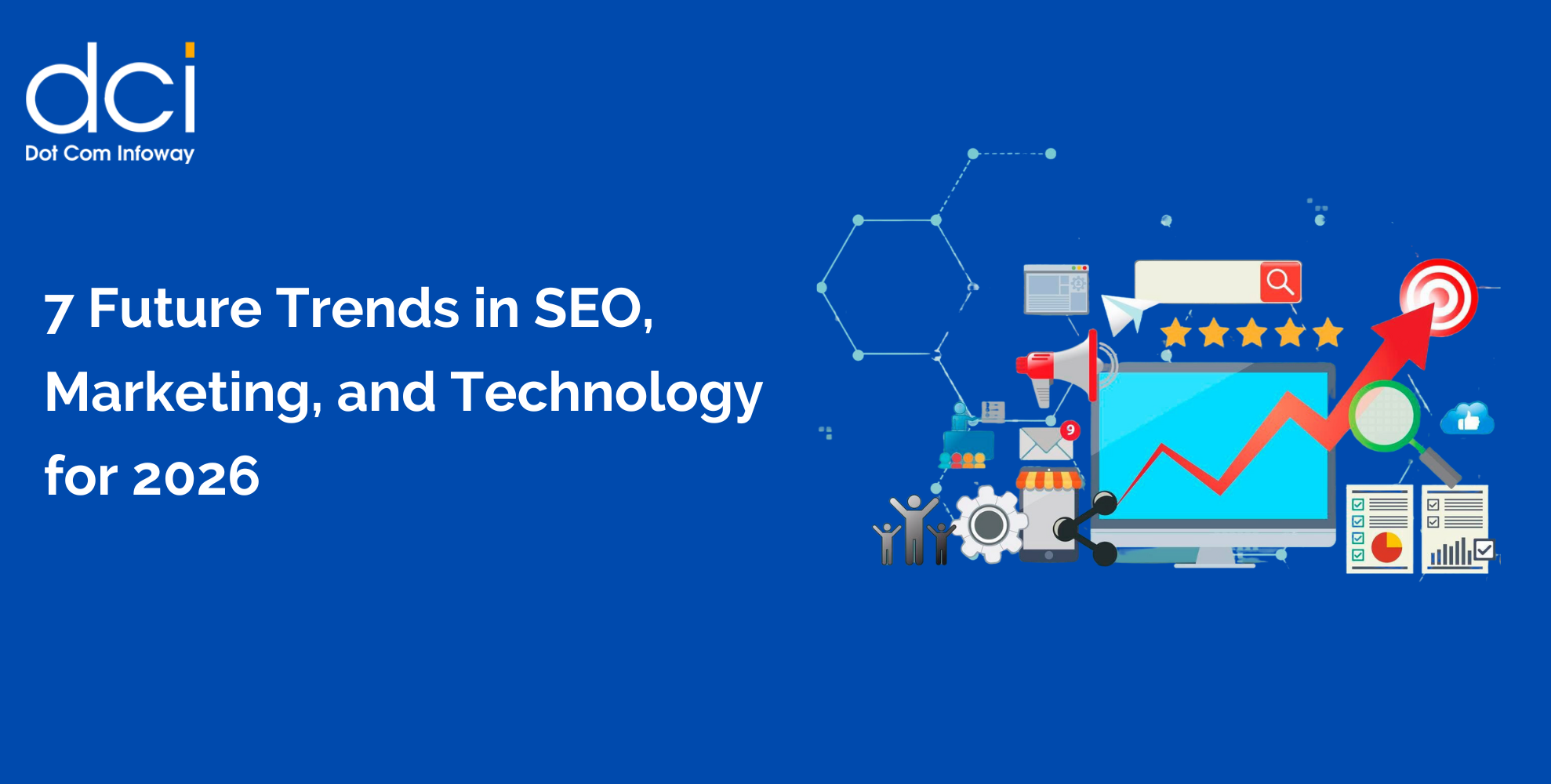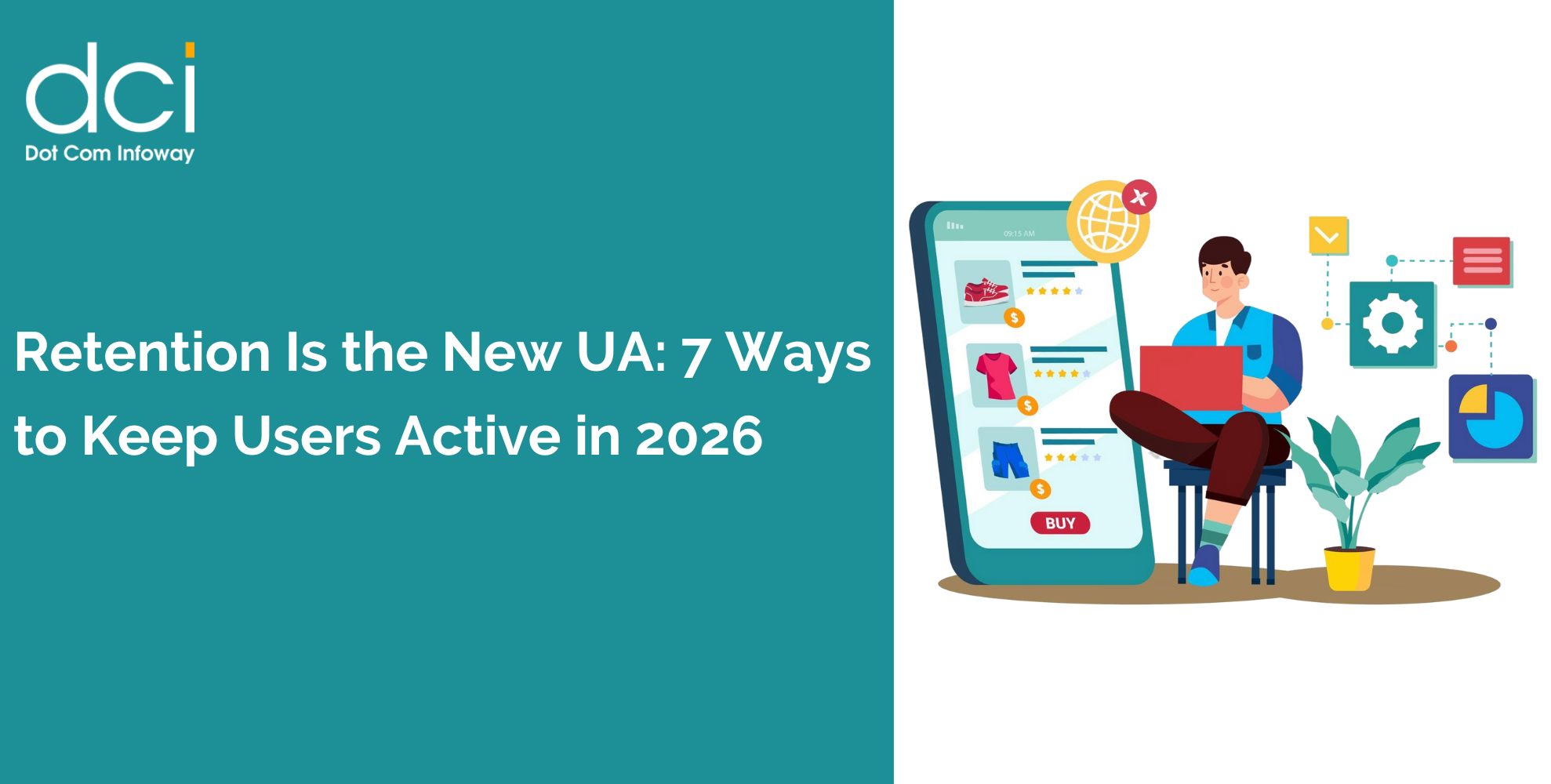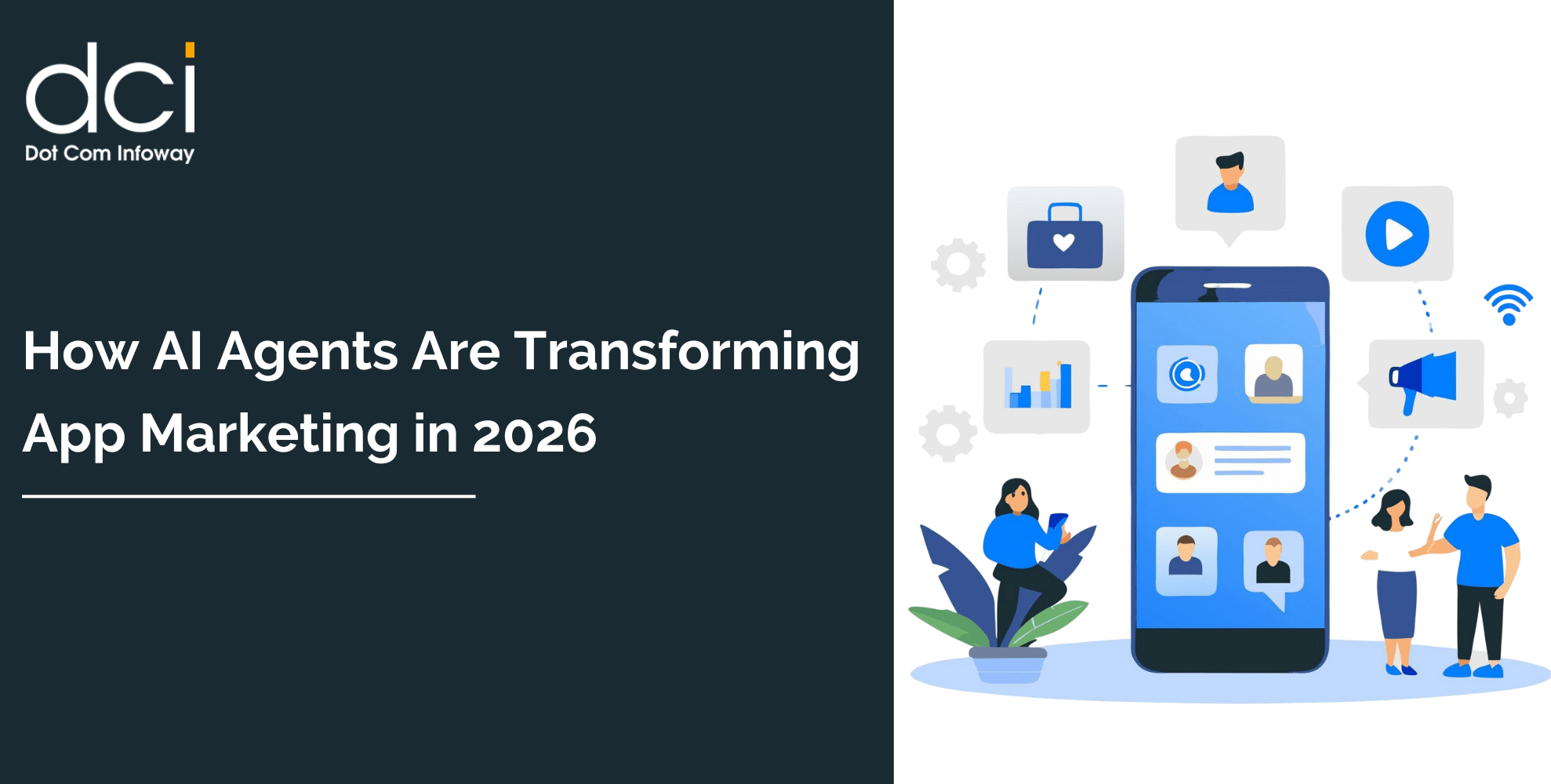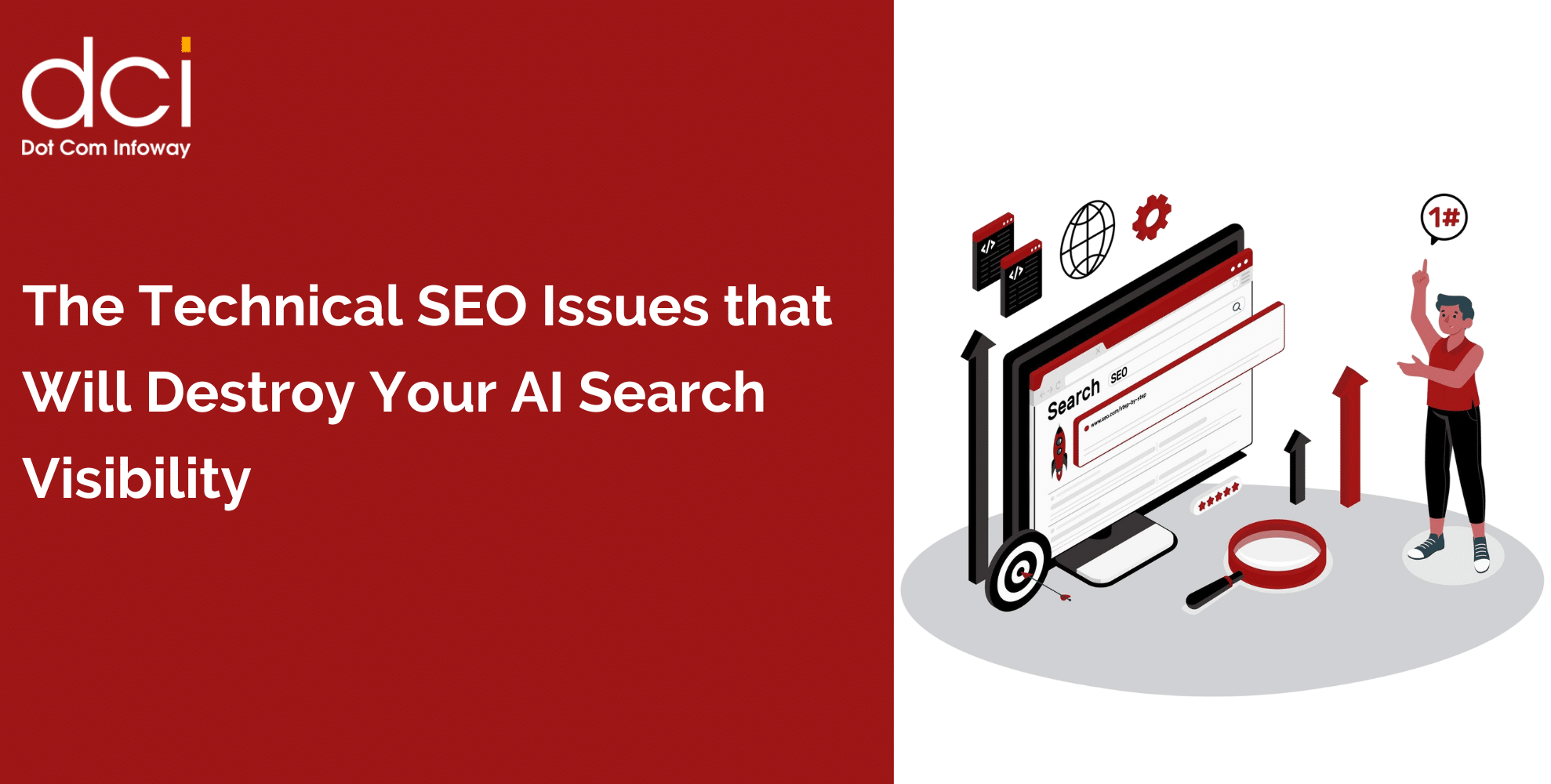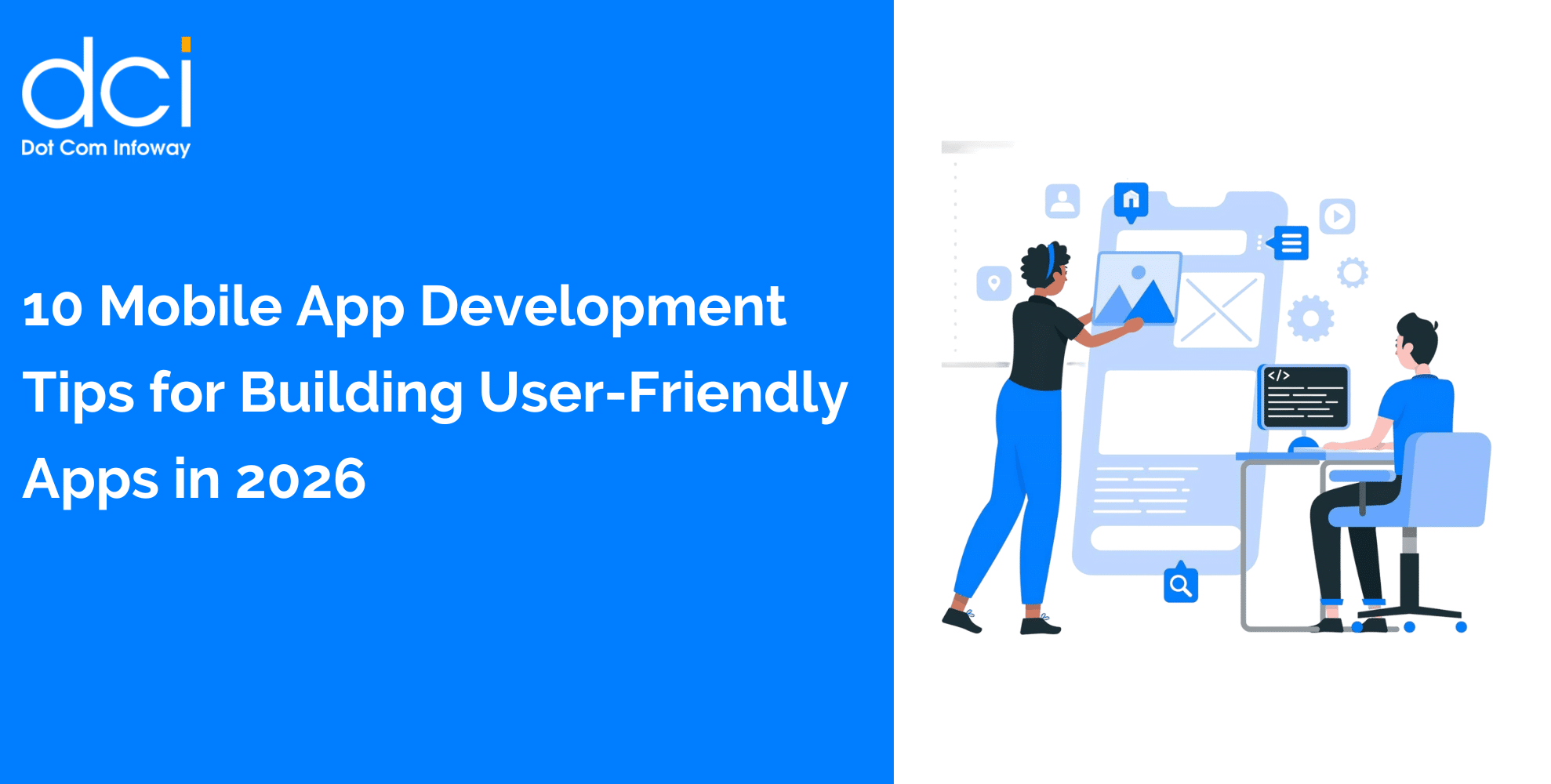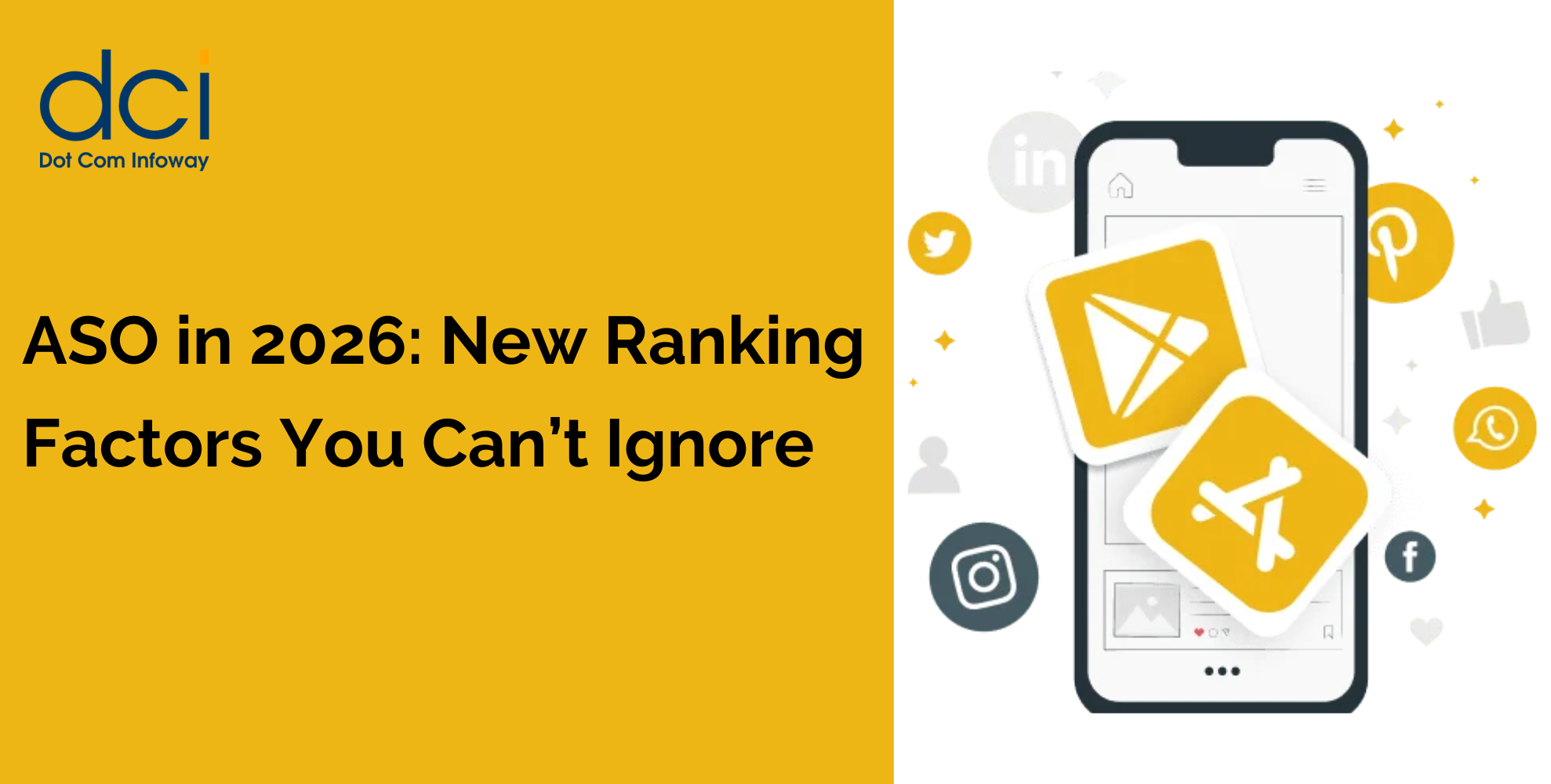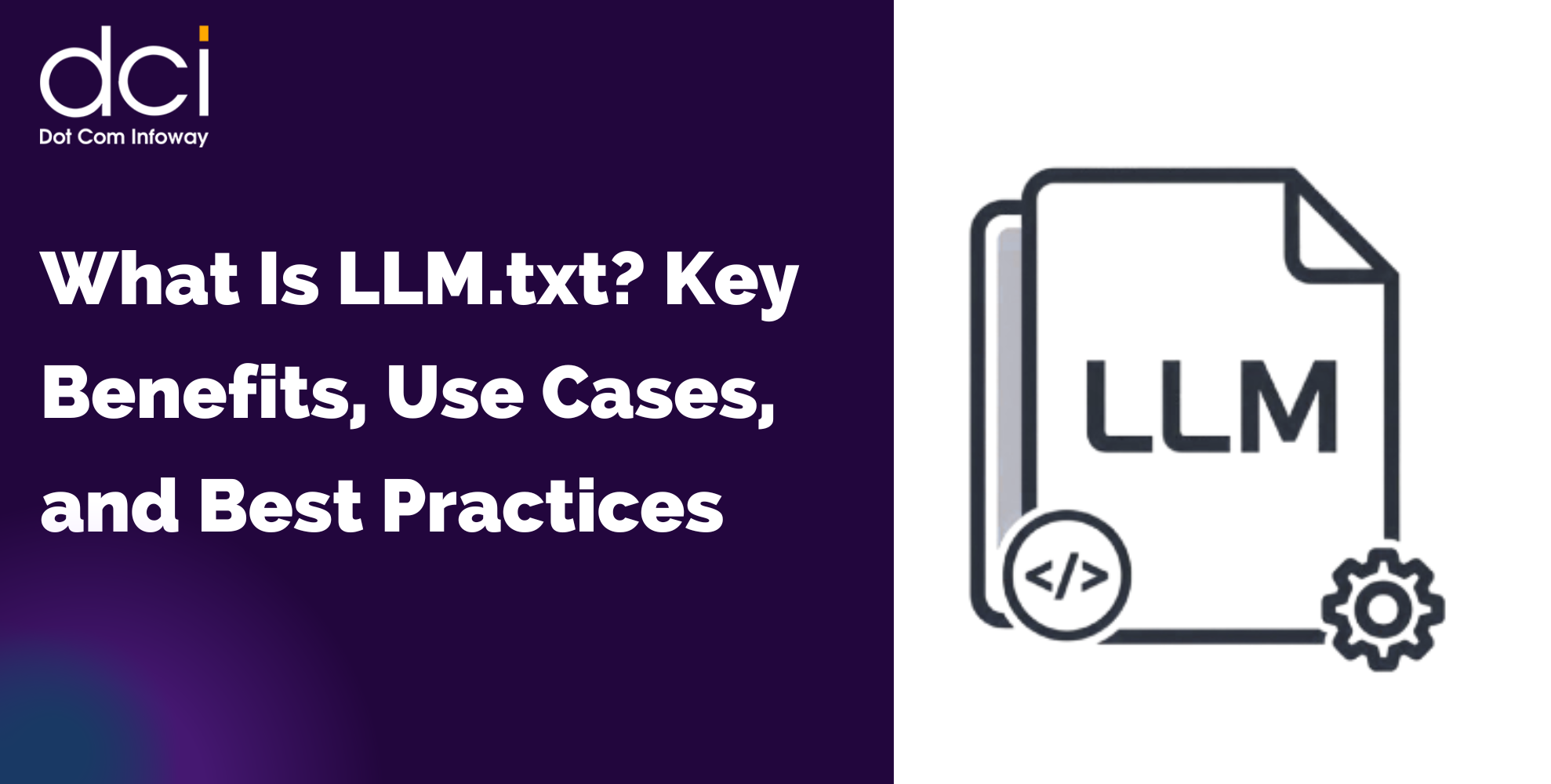The following are 10 web design tips you can leverage to improve your reputation as a business and conversion rates from your website,
1. A Growth-Driven Web Design Strategy
One of the most common problems with web design is actually the incredible amount of time invested in completing the process. Without a proper and effective web design project plan, you’ll probably end up burning a lot of time and so much in your budget. Unless you establish the purpose of your website and the goals or objectives you intend to fulfill with it, you may end up with an undesirable website that you can’t manage, which could, in turn, build into a negative attitude ahead of the launch.
Web design can come with lots of challenges that may include exploding budgets, scope creep, and drifting timelines. For this reason, it is important to adopt a growth-driven design. This means defining your priorities not just on the basis of your goals and objectives but also on data-driven optimization decisions.
Defining the metrics on the measurements of success with regards to strategy, content, design, cleanup and ultimately the launch will go a long way in ensuring that the website is up and running in no time and consequently improve performance. Of course, there are tweaks you’ll need to work on post-launch, which means you need to accommodate these additions and ensure that there are resources available to see it come to fruition.
2. Using a Professional
The concept of web design and development might seem simple but in actual sense, it’s as complex and farfetched as it can get. Finding the cheapest option may be quite an attractive and convenient alternative for new companies but in most cases, these are operated by inexperienced and unprofessional interns and probably people who barely have a background or understanding in website design and development or anything it entails.
Building website requires a range of expert-level skills including search engine optimization, quality assurance testing, database implementation, programming, marketing, copywriting, user-experience optimization, branding, graphic design, web design among other technical skills to make it work. These may not necessarily be bound to one person but partnering with credible freelancers and agencies can get you most if not all in one suit.
For most websites, the design process takes about a month for completion and launching. Assess whether the person or agency you’re working with can complete the project within your desired time and at a reasonable price range that fits into your budget — if they can’t it’s probably because they are not professionally qualified or experienced in the field, which would mean you may end up paying so much for a result that is less than satisfactory.
3. Adopting a Reliable Domain Name and Hosting Service
Among the first things, you need to do before even thinking of launching a website are finding a domain name that uniquely identifies your brand to your readers and a hosting platform to keep the website afloat, both of which are billed. In order to earn the right to use a domain name, website owners are required to make yearly payments to their domain registrars.
It’s possible to forget to renew your domain and since you can’t be sure your web partner will remind you when it’s due for expiry, the domain name might be released to the public. Consequently, the domain name can get scooped up by another company intending to sell it back to you at a more exorbitant price or profit from the goodwill and existing traffic of your website with advertising.
Even if you do not set up the website yourself, it’s important to know who your domain and hosting platform. Being aware of your domain registrar and hosting company averts the challenge of having to create a new website or spending more on one you already owned. Prior to launching your website, you need to refer to the WHO’S database to check the details of domain registration. Also, it’s important to keep the contact details of your host and domain registrar in order to rectify any errors that may come up concerning billings and to settle claims to your domain should you fall behind on your payments.
4. Authoritative Content
Content is king, and making it relevant to your target audience is a key component when it comes to ranking. Simply put, authoritative content is basically the bread and butter or the glue that holds SEO together. It’s actually ranked as the most effective on-page SEO tactic. In the past decade, content has been of growing significance and greatly rewarding when it comes to consumer satisfaction. Along with quality, content relevance is extremely important. Such search engines as Google strive to provide users with relevant and useful content. Publishing authoritative posts that captivate readers while providing real value tend to place websites ahead of their competition.
5. Keep it Simple
When it comes to web design, simplicity rules! Providing an easy access for your online audience in their search for useful information, requesting a service, ordering a product, contacting site admins through contact forms or making online payments is an essential requirement if you’re aiming at high conversion rates. Great designs are the pillar of high engagement. Therefore, avoid making designs that are too complicated and focus more on making every process easy simple to boost online sales. This strategy goes hand in hand with a proper content layout — it offers excellent readability as a valuable contribution that makes your website simple for interaction with prospective customers.



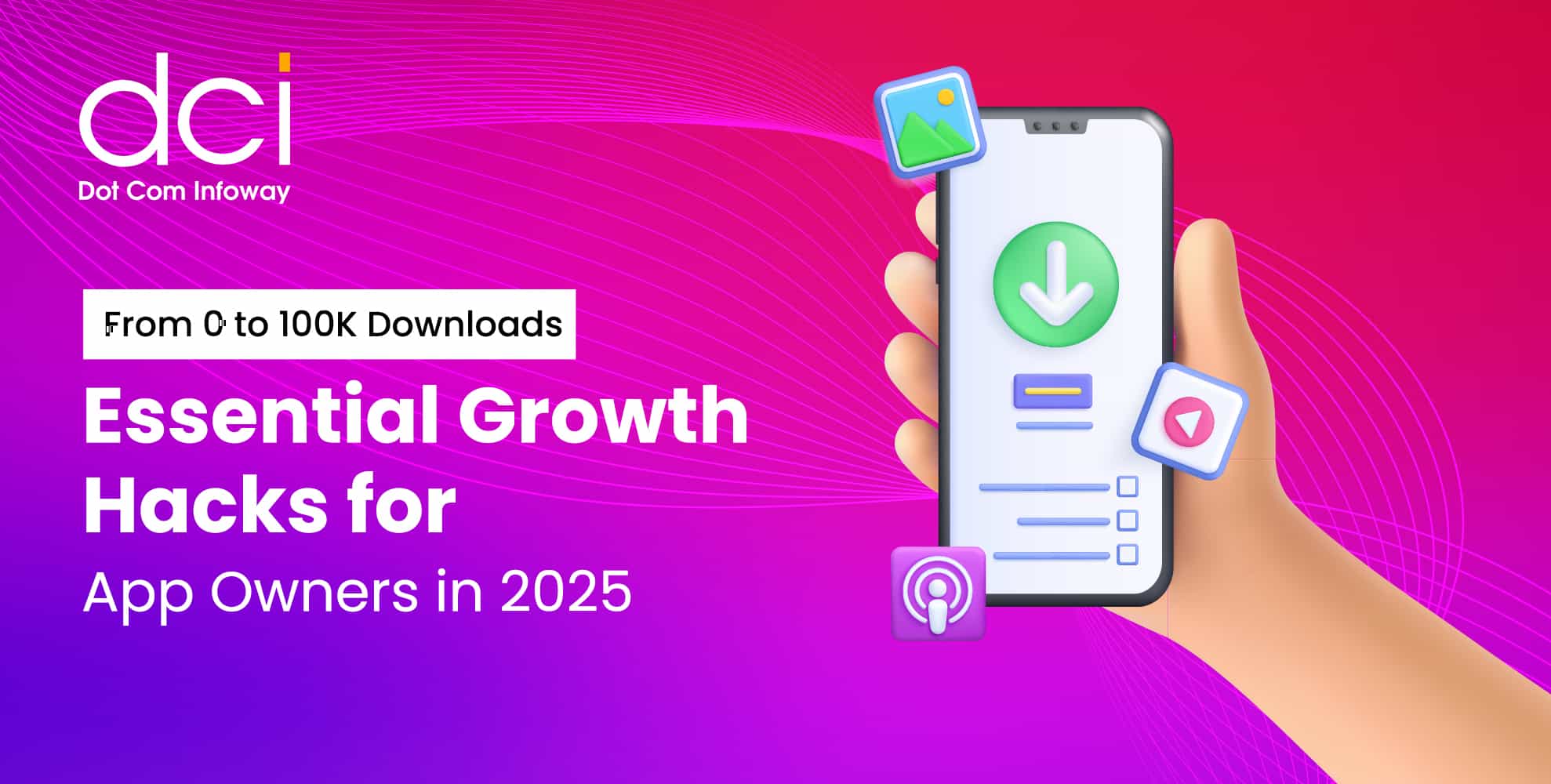

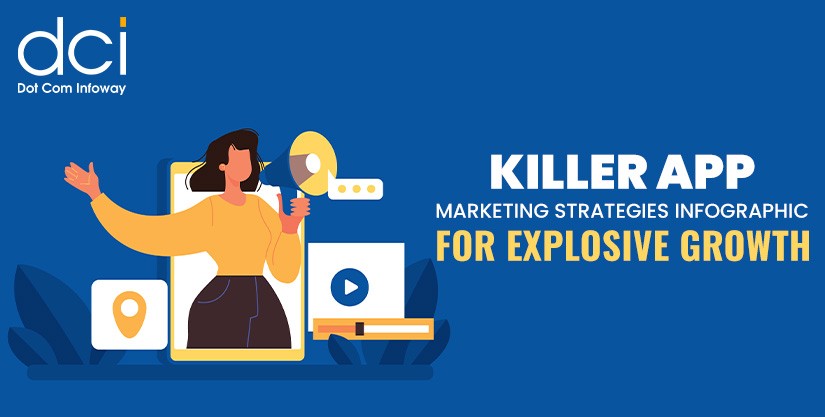
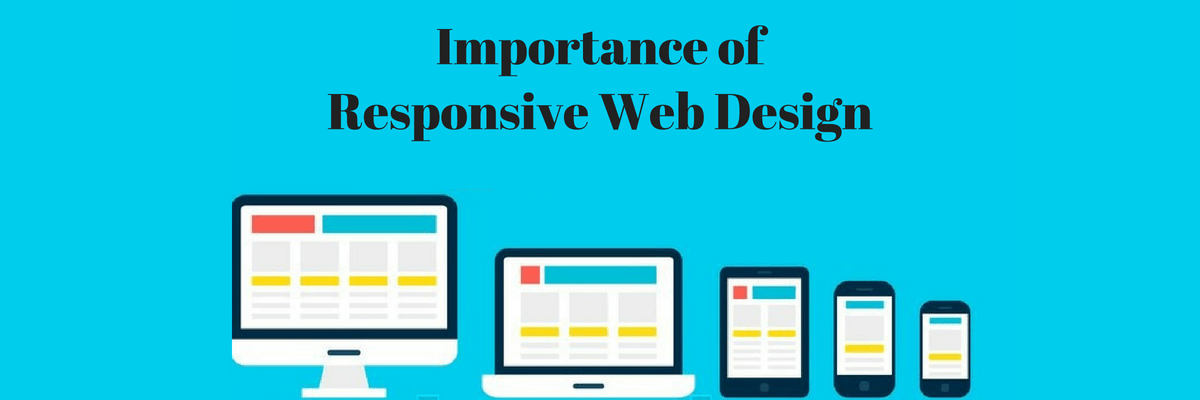
![The Game Marketing Guide: Pre and Post-Launch Strategies [Infographic]](https://www.dotcominfoway.com/wp-content/uploads/2023/09/DCI-Game-Marketing-blog-1.jpg)
